Funded Projects
2021 Funded Projects
XR in Interprofessional Learning: Facilitating Engineering-Medicine Interactions
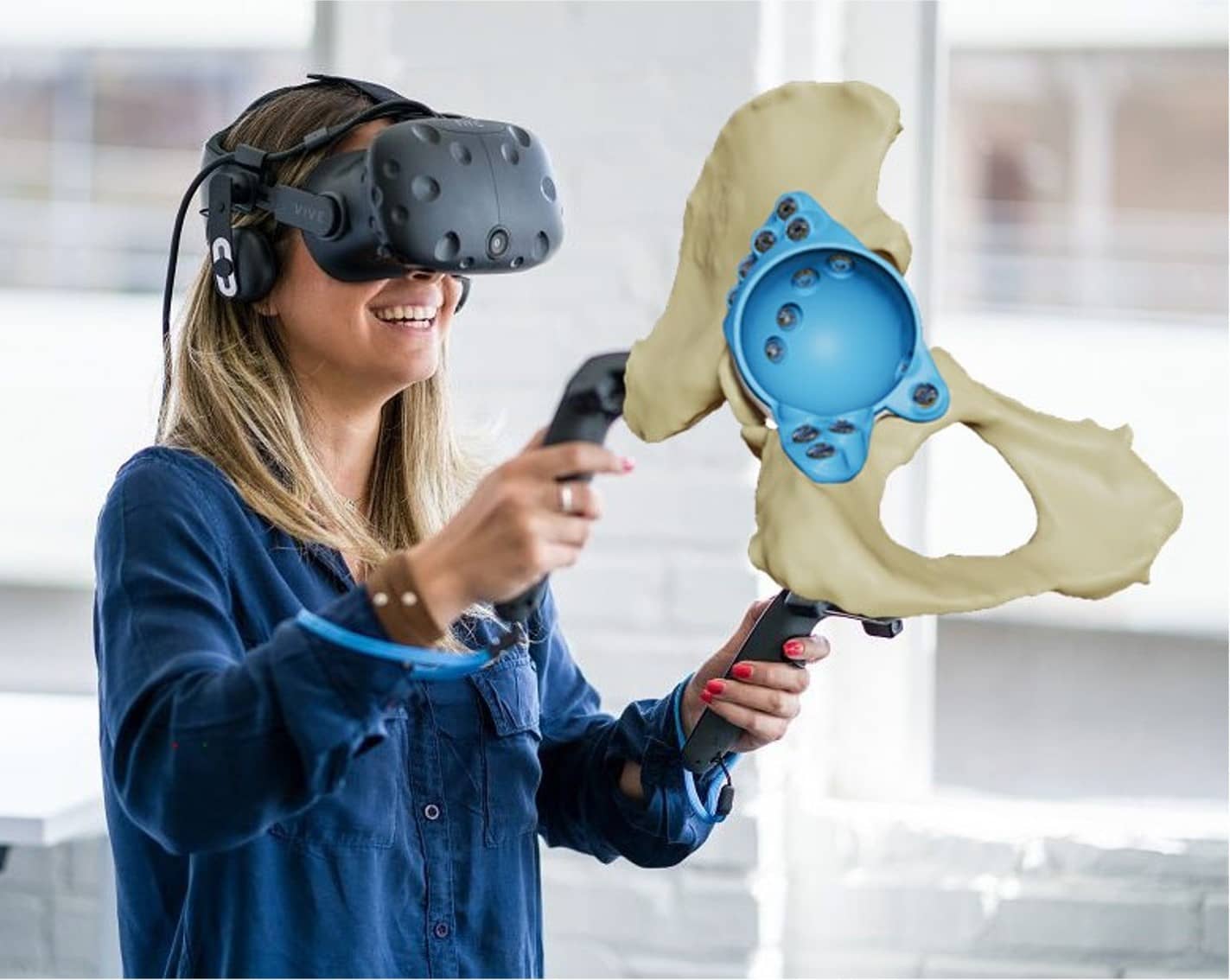
Jan Stegemann and Rachel Schmedlen (Biomedical Engineering), Michelle Aebersold (Nursing), Jaimo Ahn (Michigan Medicine)
The goal of this project is to promote interprofessional learning and collaboration between engineering students and medical trainees. The project team will use virtual reality tools to enable and enhance such interactions by creating a simulation of medical planning and intervention that must be performed collaboratively by a team of engineering students and medical learners. An understanding of these issues is critical to biomedical engineers who are designing novel medical devices and will have broad implications for the future development of collaborative treatment paradigms.
Development of Augmented Reality Content for Design for Additive Manufacturing
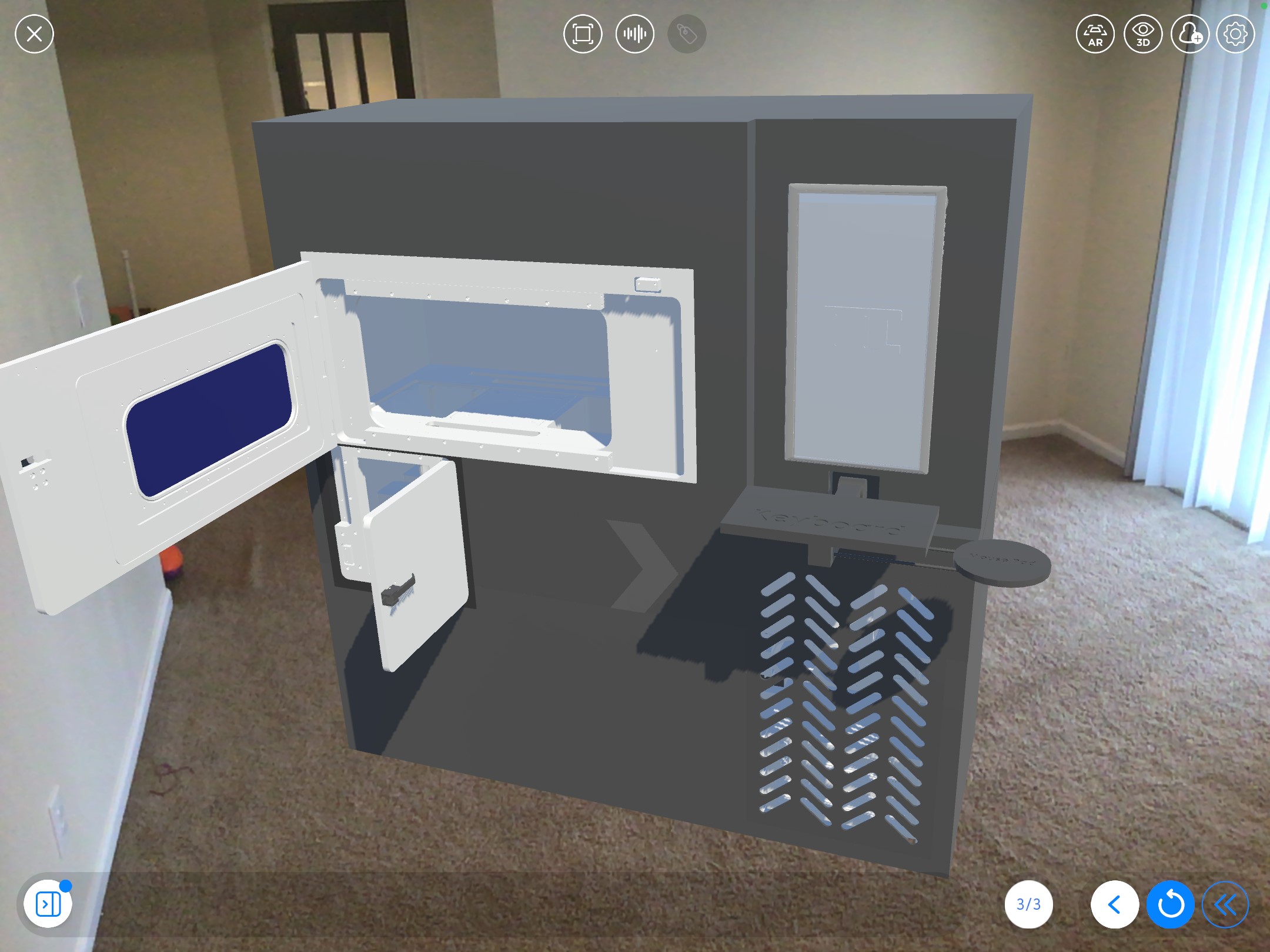
Kazuhiro Saitou and Chinedum Okwudire (Mechanical Engineering)
This project aims to develop augmented reality content that enhances experiential learning with Design for Additive Manufacturing (AM), focusing on undesired geometry in AM and the internal working of printers that cause it. The content will enable immersive viewing, animation, and manipulation of the 3D models of a printer, its printing process, and printed parts. This will provide students with training urgently desired by the manufacturing industry – designing high-quality parts for AM.
2020 Funded Projects
XR for Outreach and Teaching in Disaster Engineering

Develop Personalized Immersive Learning Experience and Office Hours by AI-enabled XR

Promoting Consideration of Context in Design through XR of use Environments
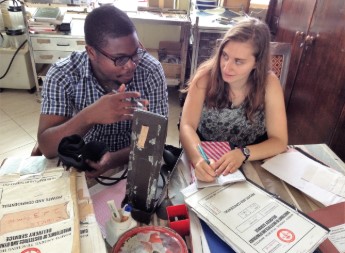
Visualizing the Geometry of Thermodynamics via Extended Reality
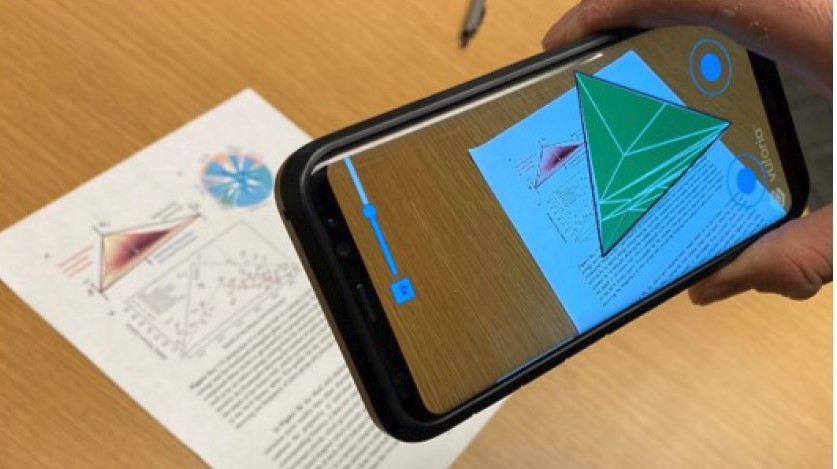
Investigating Spatial Reasoning Training via Extended Reality
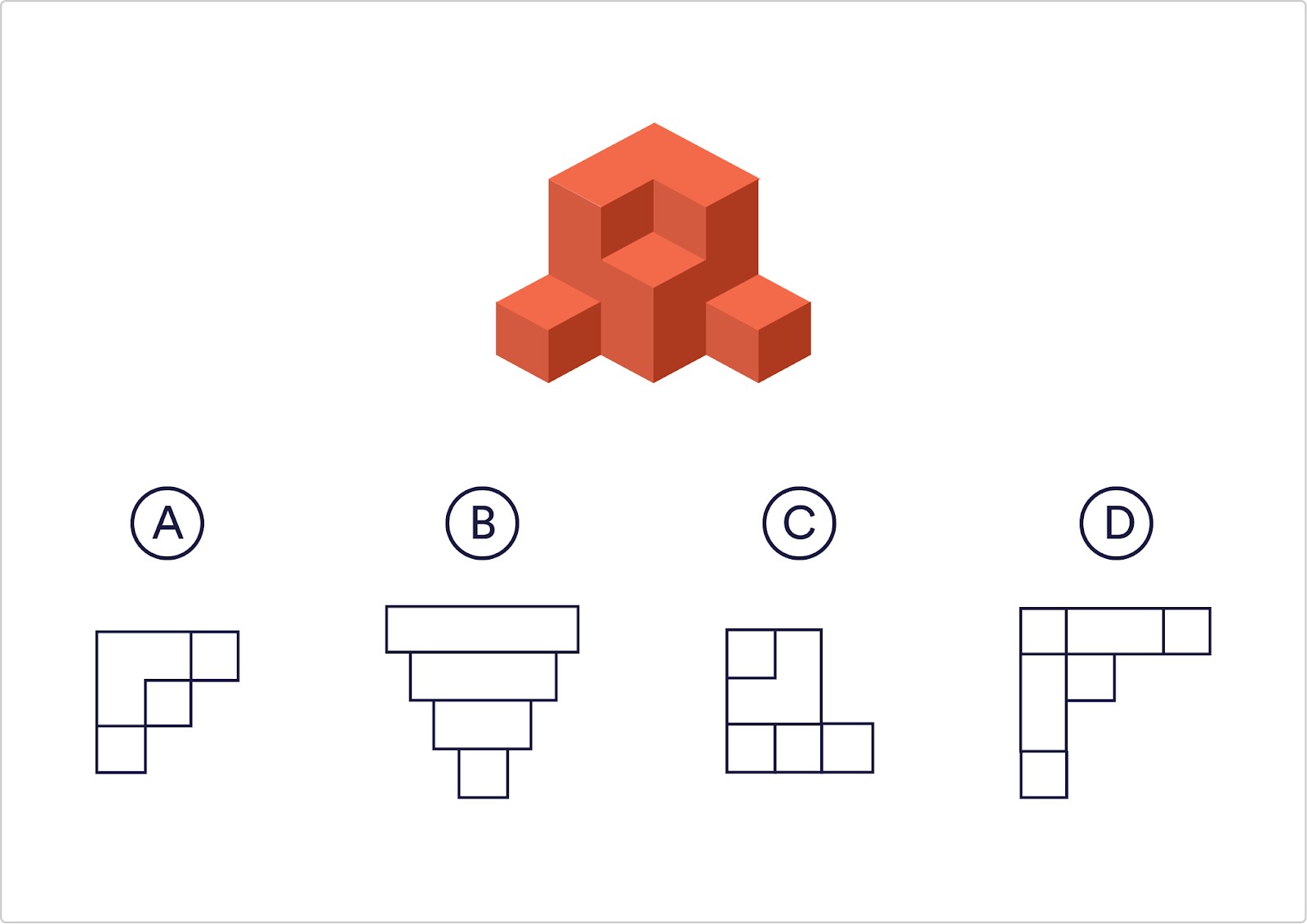
2019 Funded Projects
Use of AR in Advancing ENTR 411 Student Learning of Customer Discovery Skills for Diverse Customer Segments

Exploring 3D Nanoscale Materials with XR Assisted Tomography

